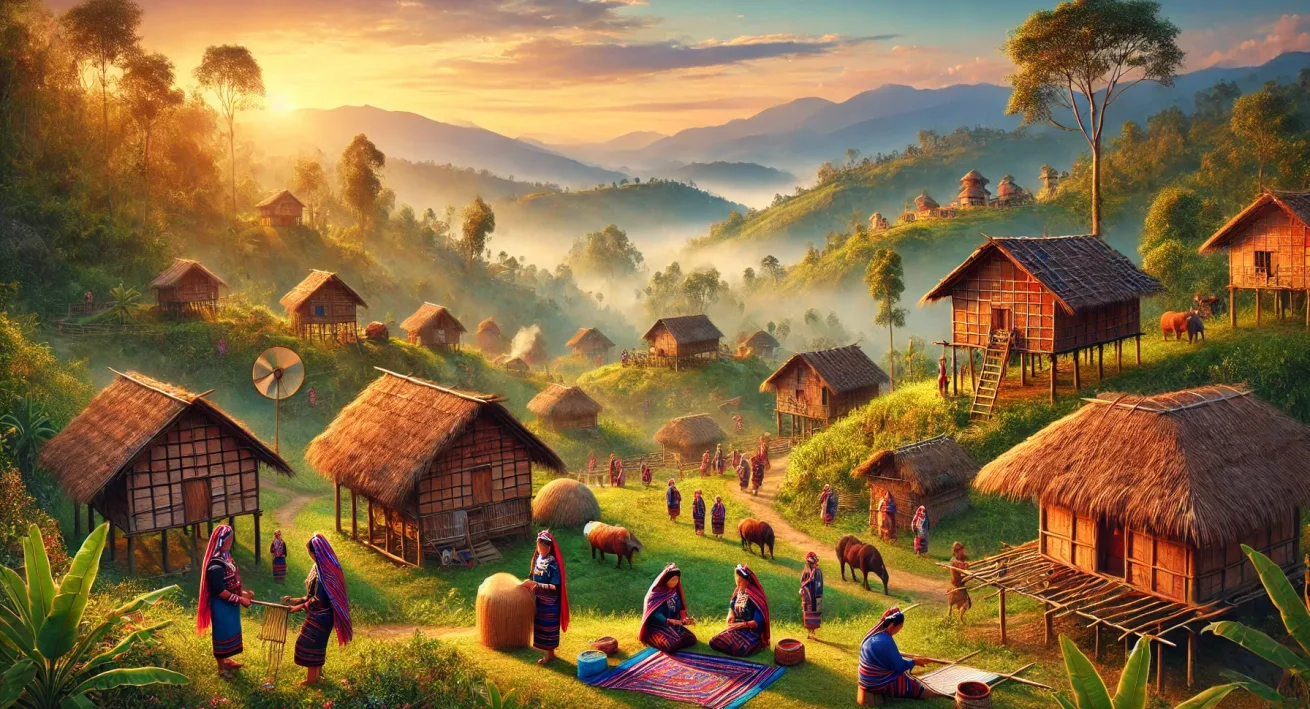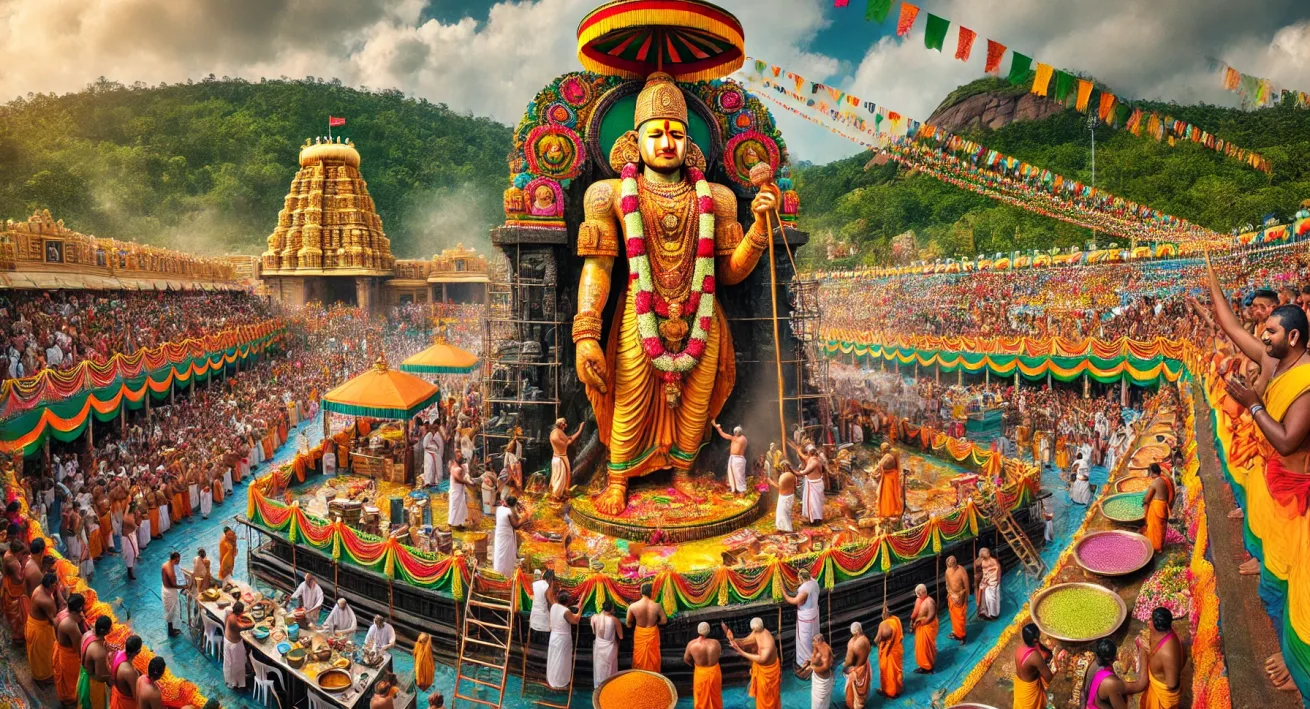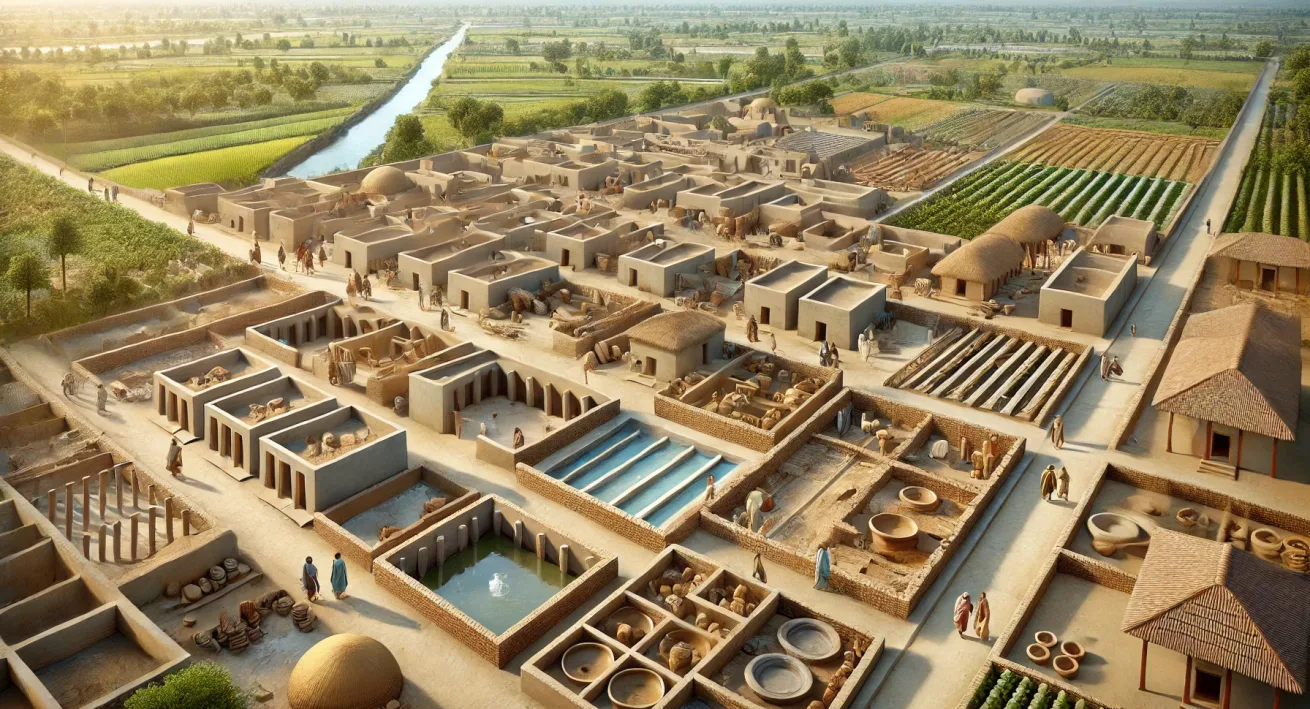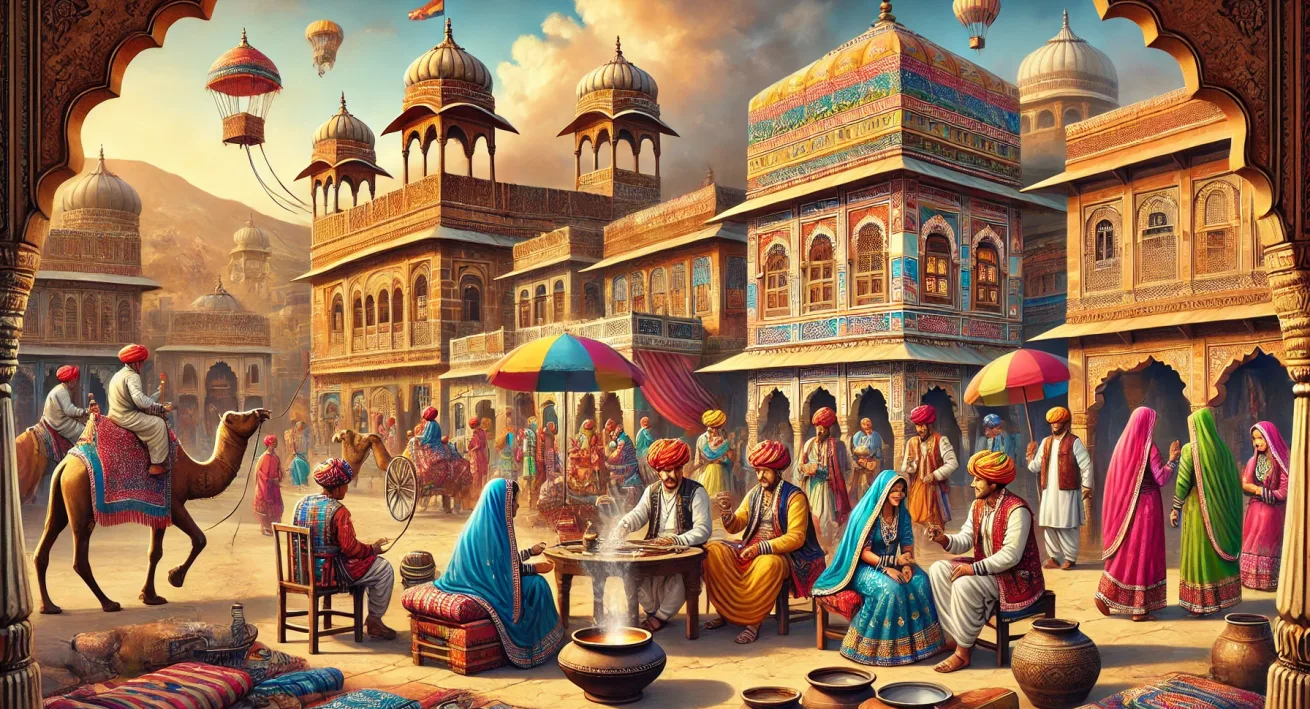Nagaland, a vibrant and picturesque state located in the northeastern part of India, is a land steeped in rich traditions, colorful festivals, and deep-rooted tribal culture. The state is home to sixteen major tribes, each with its own distinct identity, language, and customs, making it one of the most culturally diverse regions in India. Despite the state’s small size and geographical isolation, Nagaland has preserved its unique heritage through centuries of history. In this article, we delve into the traditions, lifestyle, and cultural significance of Nagaland, offering you a glimpse into the life of its people.





